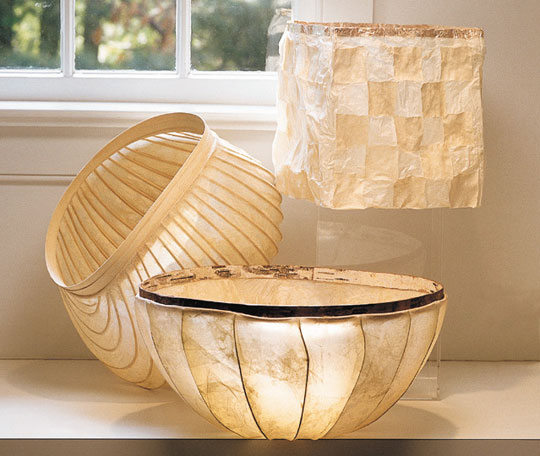
Yasuo Terada and his son Teppie with Carol in front of their 14 chamber noborigama which they are currently building in Seto.Looking down from the top of the 14 chamber noborigama kiln of Yasuo and Teppie Terada.
Kim Schuefftan’s third Guest Post is up. To read FOR THE LOVE OF CLAY, click Guest Posts above.






